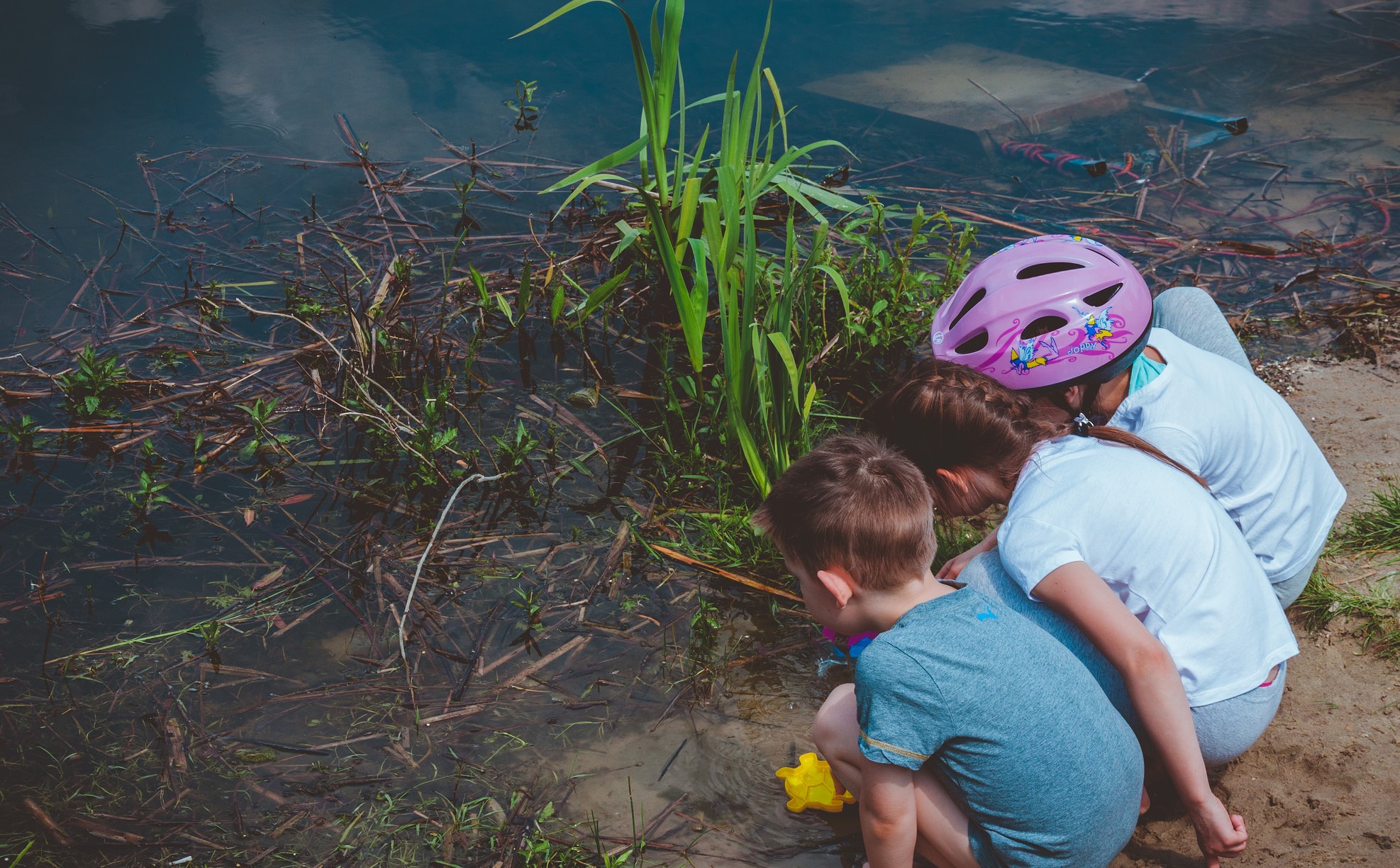What makes children want to learn? According to research, it’s the joy of exploration—a hidden force that drives learning, critical thinking, and reasoning. We call this ability curiosity, and we recognize it in children when we see them exploring their environment, devouring books and information, asking questions, investigating concepts, manipulating data, searching for meaning, connecting with people and nature, and seeking new learning experiences.
The Heart of Lifelong Learning
Most teachers understand that curiosity supercharges learning. But they also know that many students can achieve high grades without being curious—by understanding the system of test-taking and dutifully doing their homework. Curious children often spend a great deal of time reading and acquiring knowledge because they sense a gap between what they know and what they want to know—not because they are motivated by grades. In fact, when kids are in curiosity’s grip, they often forget the immediate goals at hand because they are preoccupied with learning.
If you suspect that curious kids fare better in careers and life, you’re right—for a variety of reasons. Research suggests that intellectual curiosity has as big of an effect on performance as hard work. When put together, curiosity and hard work account for success just as much as intelligence. Another study found that people who were curious about a topic retained what they learned for longer periods of time. And even more impressive, research has linked curiosity to a wide range of important adaptive behaviors, including tolerance of anxiety and uncertainty, positive emotions, humor, playfulness, out-of-box thinking, and a noncritical attitude—all attributes associated with healthy social outcomes.
Curiosity is at the heart of lifelong learning. It not only gives children an advantage in school, but today’s business leaders agree that it is also at the heart of thriving organizations.
Psychologists view curiosity as a life force, vital to happiness, intellectual growth, and well-being. The greatest advantage of curiosity lies in its power to motivate learning in areas of life and work that are meaningful to the learner. It points students toward the knowledge, skills, relationships, and experiences that they need to live full and productive lives.
10 Ways to Stimulate a Student’s Curiosity
1. Value and reward curiosity.
Often, the temptation is to reward students when their curiosity leads to a desired outcome or good grade. But it’s more important to notice and reinforce curiosity when you see it in action. When you praise students by describing how their questions, explorations, and investigations are contributing to their own or classroom learning, you let them know that they are valued for their motivation, regardless of the grade they achieve.
– Marilyn Price-Mitchell Ph.D.
Read more: 10 Ways to Stimulate a Student’s Curiosity
Photo source – Flickr.com








Leave A Comment